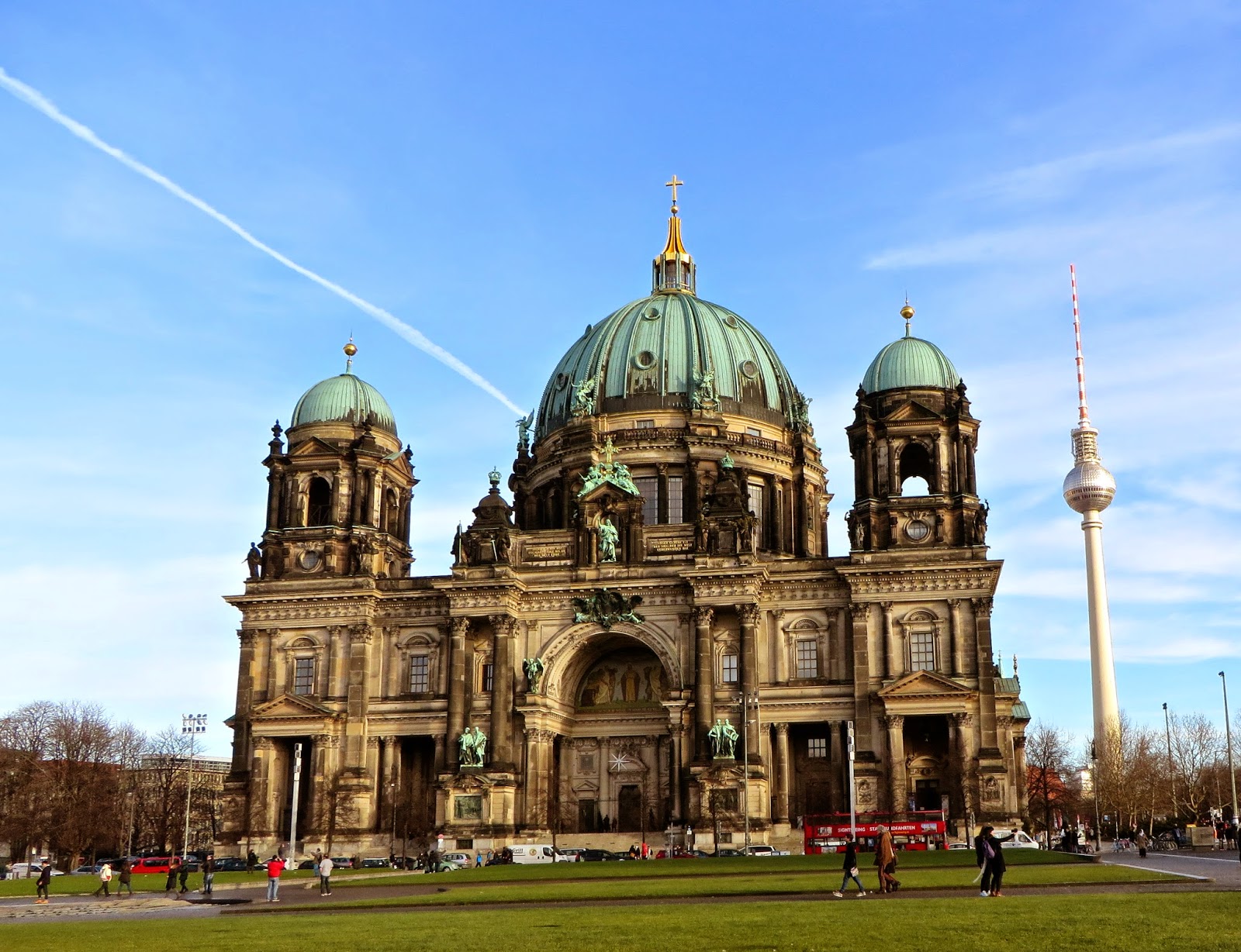The village of Chefchaouen is a calm respite for the weary Moroccan traveler. While Fes was fascinating and eye opening, it was also busy, crowded, and demanding on the senses. Chefchaouen is much quieter. It has a picturesque medina, nestled in the beautiful Rif mountain backdrop, and filled with white-washed homes with dramatic blue accents.
We immediately adored the serene village. Every corner we turned was another charming building
with a unique feature, decorative door, local good being sold, or mint tea to be consumed. The pace if Chefchaouen was very slow, offering us time to enjoy simply being, and not as much doing. The highlights to see there included the ruins of an old mosque that are on a hill offering views of the whole village, and the Kasbah, or fortress, in the center of the city.
What made our experience this enchanting village even better was the friends that we made on the bus ride there from Fes. Hearing English in Morocco in February is not the most common occurrence, so when we saw another young American couple, we struck up conversation. They were our age, living in the midwest, and we found many similarities between us. We ended up spending our entire time in Chefchaouen with them, instantly feeling like we had known them for years! We were thankful for other travelers to exchange experiences and observations with.
 |
| Local women washing their clothing on the hill |
What made our experience this enchanting village even better was the friends that we made on the bus ride there from Fes. Hearing English in Morocco in February is not the most common occurrence, so when we saw another young American couple, we struck up conversation. They were our age, living in the midwest, and we found many similarities between us. We ended up spending our entire time in Chefchaouen with them, instantly feeling like we had known them for years! We were thankful for other travelers to exchange experiences and observations with.
While we only spent two half-days in Chefchaouen, they was filled with stunning scenery and new friendship, so we hold those two half-days dear to our hearts! But soon enough, we loaded the bus, and sat through the four hour bus ride back to Fes, where we would leave early the next morning for our desert tour.

























